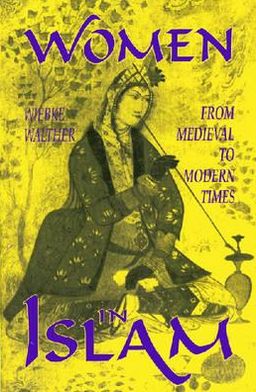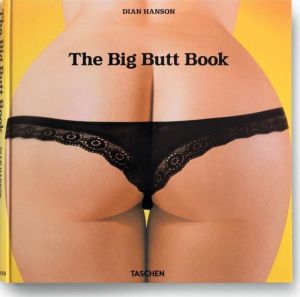Women in Islam: From Medieval to Modern Times
Women were militant partners with their men in the time of Muhammed and the early Khalifat but later veiled and segregated in the tradition of Ancient Near East cultures and societies. "Respectable" women were soon closed off from any public or social life outside their own families, while other women filled the roles assigned to them by men. All come to life in these pages: passionate fighters and defenders of the faith, ardent lovers, behind-the-scenes politicians, gifted poets, submissive...
Search in google:
Women were militant partners with their men in the time of Muhammed and the early Khalifat but later veiled and segregated in the tradition of Ancient Near East cultures and societies. "Respectable" women were soon closed off from any public or social life outside their own families, while other women filled the roles assigned to them by men. All come to life in these pages: passionate fighters and defenders of the faith, ardent lovers, behind-the-scenes politicians, gifted poets, submissive wives, slave dancers and singing girls, concubines, "boy-girls," twentieth-century students, and occasionally even career women torn between the allure of freedom and the security of the traditional. The Status of women and the culture of Islam are here examined together in a work that interweaves the history of Islam with the role of Moslem women in traditionally Islamic countries. Islamic art is represented here through architecture, of which the Taj Mahal and the Bibi Khanum are famous examples, interior design and furnishings, miniature paintings, and handcrafts. The flowing text is lavishly illustrated with forty-six plates that are in themselves a treasure trove for scholars and art lovers who enjoy exploring. Together, text and illustrations are a rare synthesis of the exotic and the sober. This book excites, angers, amuses, dismays.Library JournalThe Western misconception of all Muslim women as robed and veiled, languishing unfulfilled in harems under the harsh rule of polygamous husbands, is dispelled in this new translation of Walther's 1981 book, originally issued by an East German publisher ( LJ 2/1/82). The veil and arranged marriage predated Islam by centuries, but Islam did not enforce them and gave women the right to property and to divorce. During the ascendance of Islam, women played an active role professionally and on the battlefield, but as Islamic society fell into disarray, their rights eroded. The 20th century opened Islamic countries to secular ideas, and Turkey led the way to change. The Shah of Iran forbade the veil in 1926. Customs do not die overnight, but women at last are regaining some rights. Libraries that already own the first edition of this work need not buy this new edition, since the text is only slightly amended (although the new publisher claims it's completely revised and enlarged), but others should consider this a valuable purchase.-- Louise Leonard, Univ. of Florida Libs., Gainesville
Foreword1Introduction3Preface13Historical Background33Woman in Islamic Law, in the Koran, and in Tradition47Life in Family and Society73Women in Islamic History103Women in Islamic Culture143"In love there is sweetness and bitterness"155"My eyes shall gaze for ever only at your beauty"183On the Search for Identity221Selected Bibliography241Additional Bibliography253Recent Bibliography256About the Illustrations267Sources of Illustrations274Index275Chronology of Islamic Dynasties282
\ Library JournalThe Western misconception of all Muslim women as robed and veiled, languishing unfulfilled in harems under the harsh rule of polygamous husbands, is dispelled in this new translation of Walther's 1981 book, originally issued by an East German publisher ( LJ 2/1/82). The veil and arranged marriage predated Islam by centuries, but Islam did not enforce them and gave women the right to property and to divorce. During the ascendance of Islam, women played an active role professionally and on the battlefield, but as Islamic society fell into disarray, their rights eroded. The 20th century opened Islamic countries to secular ideas, and Turkey led the way to change. The Shah of Iran forbade the veil in 1926. Customs do not die overnight, but women at last are regaining some rights. Libraries that already own the first edition of this work need not buy this new edition, since the text is only slightly amended (although the new publisher claims it's completely revised and enlarged), but others should consider this a valuable purchase.-- Louise Leonard, Univ. of Florida Libs., Gainesville\ \








